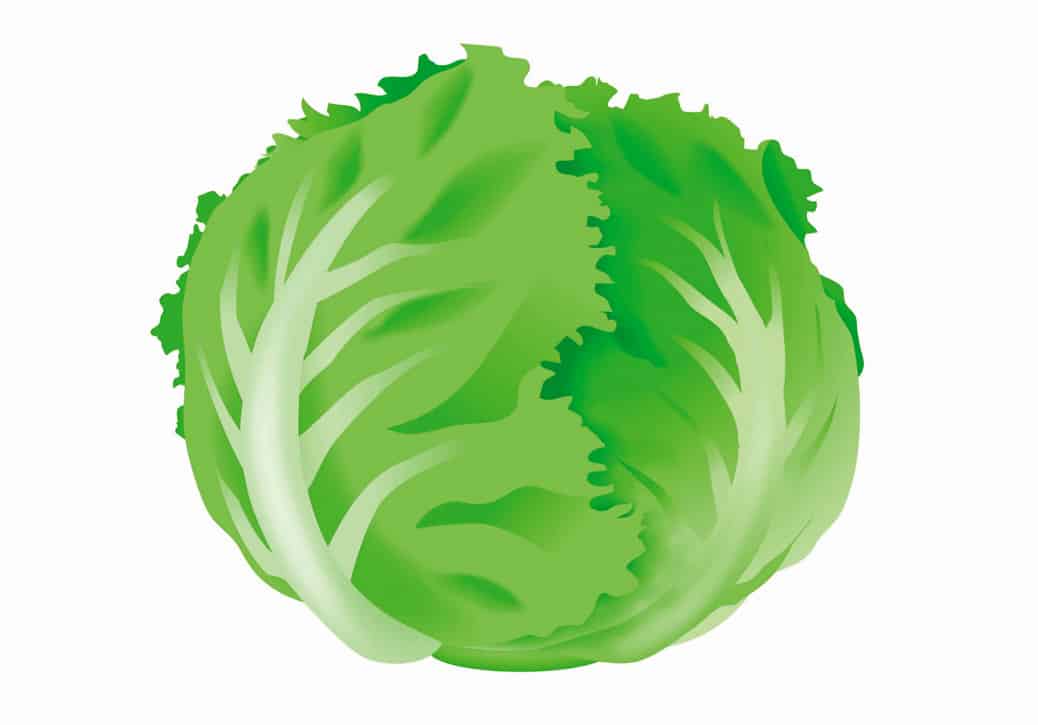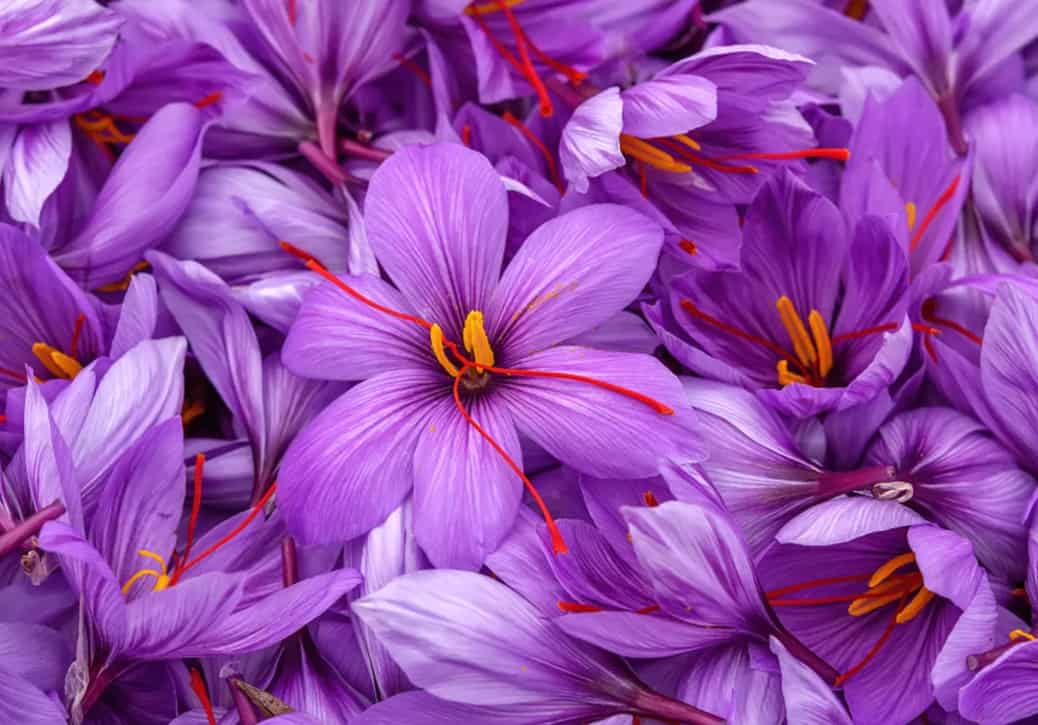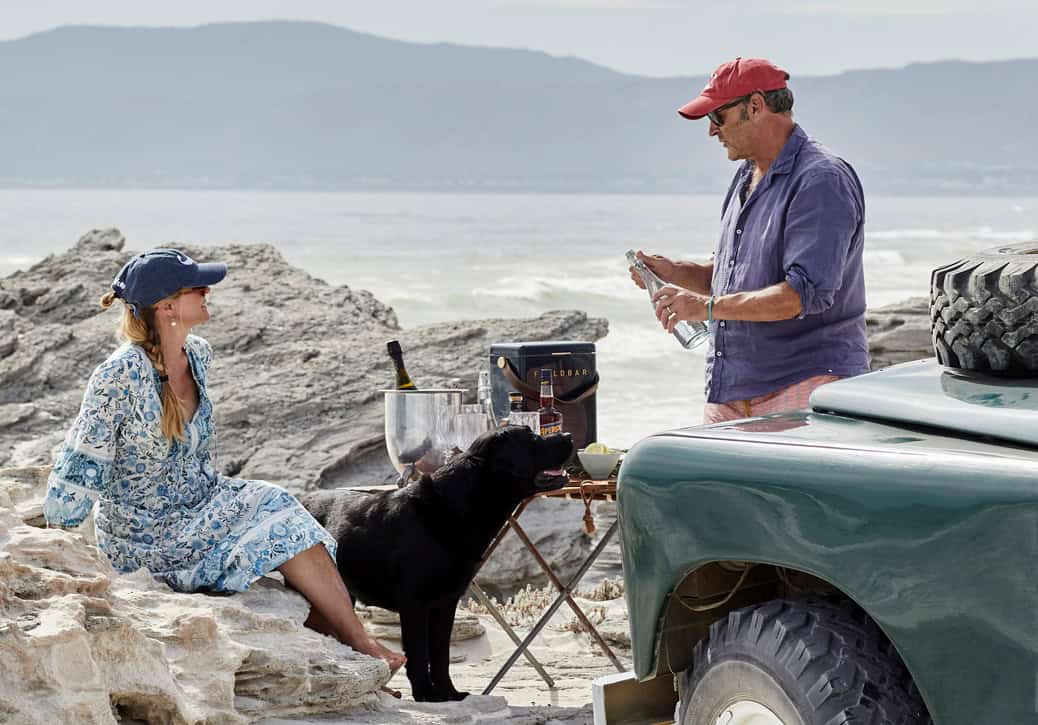Sweating, swimming and snoozing…naked
Finding a sizeable town without a nice spa in Germany turns out to be more challenging than the other way round. Regardless of the season, clothes free travel can be the norm in both the sauna and the swimming pool with rules varying from one to the other. Be sure you know what form of naturism you’re getting into before you get there and watch for ladies hours, swimsuit free days and modern complexes attached to thermal baths.
Gold standard—Therme Erdic near Munich. A huge complex with a hotel, water slides, warm pools and lazy rivers where suits are worn. But, for the brave, use your magic wristband and pass through the gates to Saunawelt. You’ll find a large warm pool with a swim up bar under a glass dome the size of an airplane hangar. Pools are extravagant, each with different levels of heat and humidity and scheduled Aufguss sessions…brief ceremonies where they poor hot water over steaming rocks then thwack a towel at you until you think you’re going to melt. You’ll quickly forget you’re naked with 100 Germans because you’ll be pre-occupied with trying not to die.
Other mentionables: Berlin’s Vebali Spa where everyone is quiet and chill. There are fewer pools, no swimwear and lots of Germans enjoying communal naps (no friskiness allowed). Tranquil with a Balinese feel. Just outside of Cologne, there’s Mediterna Therme. The Eastern Indian architecture is one particular sauna you sit on tile benches around a blazing filer with your feet dangling in warm water.
Source: Globe trotters
 More than the tip of the iceberg
More than the tip of the iceberg
The classic wedge salad with its retro blue cheese or ranch dressing, bacon, lettuce, a garnish of tomato is a feature of steakhouses everywhere. Lately decidedly different versions covered in everything from balk garlic ranch to savoury granola are popping up.
Suggesting that “iceberg doesn’t have vitamins, but has a lot of texture and a lot of water in it which is pleasurable to eat”, Chef and co-owner of Don Angie, a Micheline starred Italian restaurant in New York City shares his latest cookbook recipe. It’s a wedge salad lashed with both red wine vinaigrette and an anchovy-forward riff on a green goddess dressing with a show of breadcrumbs crisped in pepperoni fat.
The origins of the wedge salad are murky with a recipe first appearing in a 1916 cookbook by Marion Harris Neil. Here recipe was called, Lettuce Salad with Roquefort Dressing. In the 1920’s blue cheese took over as the creamy dressing and to this day remains the delicious fixture in some spots.
Interestingly the lineage of the iceberg stretches back thousands of years to ancient Egypt where it was considered an aphrodisiac and carved into the hieroglyphic reliefs of Gods and Pharaohs. It was the Burpee seed company that introduced it to the world in later years…as a hardy and easy to travel vegetable, perfected for our industrialized food system.
As Chef Angie suggested, “I think its lasted for decades given its sheer deliciousness. Nobody ever stopped loving it. They were just looking for the next best thing for a while.”
Source: Eater
 The most expensive spice in the world
The most expensive spice in the world
It’s more valuable than truffles, wasabi and even gold. You only need to use tender shreds of it in the tiniest amounts in order to make a big impact on flavour.
Handpicked Saffron. A single pound of it can represent as many as 75,000 fragile purple flowers. Combine the labour costs with the fact that the crocus saffron is only found blooming in certain parts of the world for a few short weeks each year and you can start to understand why it’s so expensive.
Once picked and handled with care, the purple stigmas are transformed into their more familiar desiccated saffron form and laid out on trays to dry slowly over charcoal fires. This is time consuming process that can’t be rushed. Hence, once more, why saffron is considered quite precious.
Saffron has a slightly sweet taste with a floral and honey-like quality along with a slight bitterness that provides a balance to its sweetness. The flavour is also described by some as quite intense, earthy and musky, with a hint of metallic or hay-like notes. Simply put, it has a potent and distinct flavour that can, if not used carefully, and in moderation, easily overpower other ingredients that are being used.
On the bright side, saffron is valued for its ability to add a unique depth and complexity to a variety of dishes. In small amounts, it’s a wonderful spice to enhance the flavour of your favourite rice dishes, stews, soups, and, even desserts.
Source: iflscience.com













